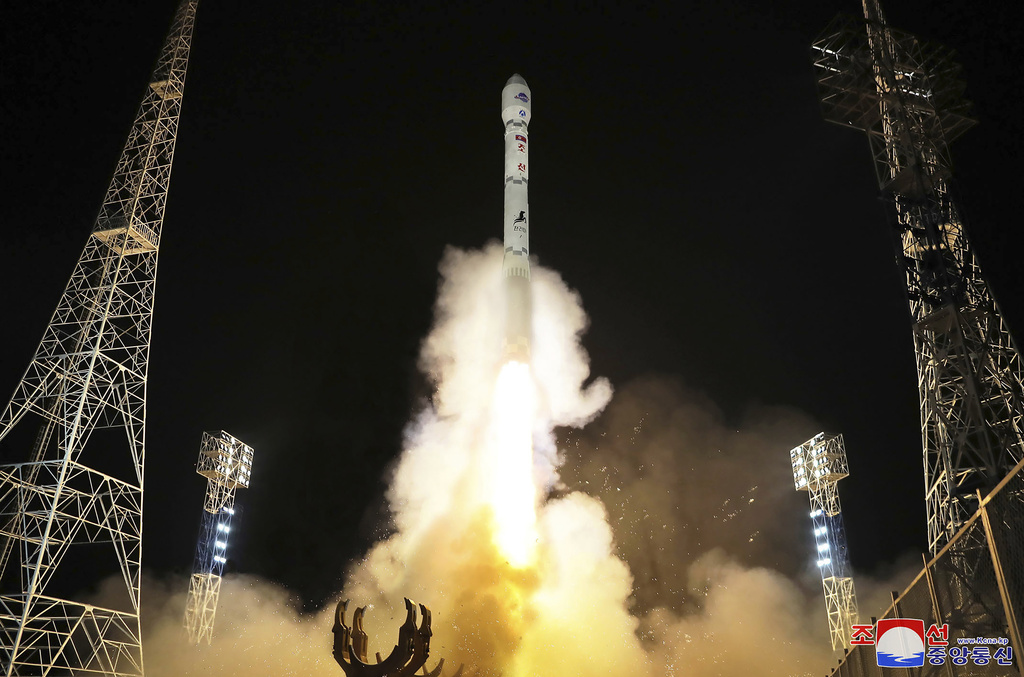A SpaceX Falcon 9 rocket launched South Korea’s first homegrown spy satellite from California’s Vandenberg Space Force Base on Friday, Dec. 1. The launch follows North Korea’s recent successful launch of its own spy satellite.
The satellite is equipped with electro-optical and infrared capabilities, following launches will feature synthetic aperture radar (SAR), which can “see” through cloud cover and at night.
South Korea has contracted SpaceX to launch a total of five spy satellites by 2025, aiming to achieve continuous surveillance of the Korean Peninsula.
There are a total of 25 spacecraft on board this mission, including KOREA’s 425, Space BD’s ISL48, SITAEL’s microHETSat, D-Orbit’s ION SCV Daring Diego, York Space Systems’ Bane, and PlanetIQ’s GNOMES-4.
The launch was postponed after North Korea declared the success of its military spy satellite launch in November. North Korea used its Chollima-1 launch vehicle to reportedly launch the Malligyong-1 reconnaissance satellite, succeeding after two prior failed attempts this year.

While Pyongyang hasn’t released satellite imagery, it asserts capturing various target regions, including the White House, Pentagon, U.S. military bases in South Korea, Guam, Hawaii and Seoul. Analysts note that the satellite’s complete capabilities remain unknown.
The U.N. Security Council prohibits North Korea from launching satellites, considering them a veiled test of its missile technology.
South Korea warned North Korea last month against proceeding with its spy satellite launch, indicating that Seoul might suspend a tension-reduction agreement and resume front-line aerial surveillance in response.
































![RIA Novosti [🇷🇺-affiliated] logo](https://groundnews.b-cdn.net/interests/2a0109015009cf4c268971a719f58598126b4051.jpg)















